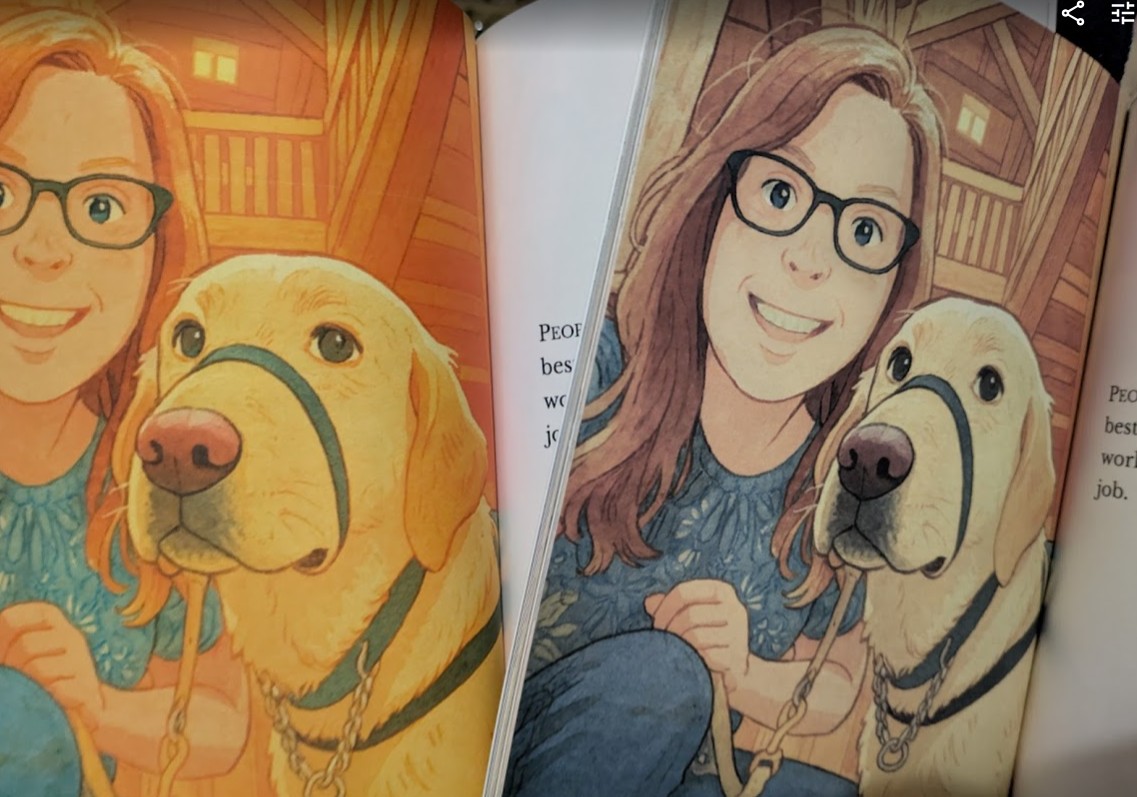Navigating the Realm of Children's Book Publishing
As a writer accustomed to navigating the realms of adult, faith-based, nonfiction works, diving into the world of children's books has felt like learning to swim in uncharted waters. Fortunately, I had invaluable guidance from Self-Publishing Simplified, which helped illuminate the foundational steps needed to embark on this new endeavor. My first project in this genre was Judy the Service Dog, a book that combined original text and photographs. To dive deeper into creativity, I experimented with AI tools to convert my original photos into illustrations. The process was both fascinating and educational, serving as a reminder of the importance of perseverance and adaptability in any artistic journey.
Step 1: Content Creation and Editing
I crafted my manuscript using Microsoft Word, employing ProWritingAid for initial edits to polish my writing. To get different perspectives, I hired a content editor and sought feedback from two trusted Alpha Readers. Their insights were crucial in refining my book’s content.
Upon finalization, I took it a step further by printing a copy for my proofreader and sharing printed versions with families of young children. This feedback was instrumental in shifting my original target audience from ages 5-10 to a more fitting 8-12 years old.
Step 2: Formatting the Book
I initially formatted “Judy the Service Dog” in an appealing 8.5x8.5 size using Atticus, and even ordered a proof copy. However, I soon discovered that Amazon doesn't offer hardcover options in this size. Since I had already reserved an ISBN for a hardcover edition, I made the necessary adjustments and reformatted the entire book to a 6x9 edition. This meant re-editing every single image. Becoming versatile with formats and adapting to platform requirements was a lesson in flexibility.
Step 3: AI Illustration and Image Editing
My adventure with AI began as I used ghiblipainter.ai and ChatGPT to convert my photographs into storybook illustrations. This was an exciting venture, but the results varied; some images appeared overly cartoonish or had an unwanted yellow tint, especially those from ChatGPT.

With GhibliPainter offering a $5.99 trial and ChatGPT presenting options for limited daily conversions or a monthly fee, I found myself spending about five minutes per image on conversions—more time than I had anticipated! Upon my proof’s arrival, I needed to make adjustments. Tools like Canva can be helpful for tone and dimension corrections.
Step 4: Navigating Administrative Tasks
Referencing my notes from "Self-Publishing Simplified," I tackled the administrative side efficiently.
Because some of the images I wanted to use included trademarked logos and business references, I needed to obtain copyright releases, which added an additional 30 days to my timeline.
I applied for an LCCN under the PCN program for registered publishers and ordered a CIP block, which felt vital for this project. Book cover designs were crafted using BookBrush, and I ordered updated proof copies from KDP when major changes were made.
The process of submitting my pre-published draft to Readers' Favorite for advance reviews gave me another layer of feedback before the official launch. I utilized the desktop version of the Kindle Previewer app to check my eBook format, and thankfully, found no errors.
Step 5: Protecting My Work
Given my history with piracy, I prioritized submitting my work to the Copyright Office before releasing cover details or specific book information on social media. This added an extra layer of security before sharing my creation with the world.
Step 6: Laying Out a Launch Plan
My launch strategy is relaxed, focusing on a soft launch via social media, offering the eBook for a special discounted rate of $3.99 to encourage initial sales and reviews. To my delight, KDP approved my eBook within just a few hours, marking a triumphant milestone.
To broaden my reach, I updated my AllAuthor account and signed up for their New Release Alert. Their featured book submission for $29, covering a promotion period of six months, allows me to utilize their “magic tool” for creating effective marketing mockups.
The Lessons Learned
Receiving my updated paperback proof copy was a thrilling moment. It’s important to stagger publication dates, as I noted in "Self-Publishing Simplified." The entire process took four months, leaving me with much wisdom but also exciting prospects. I plan to cut that time investment in half with my upcoming projects.
I have a couple of more children’s book ideas in the works, using award-winning photographs transformed into illustrations. With each new endeavor, my notes and processes will only improve.
As I reflect on this journey, I realize that perseverance, continual learning, and a little experimentation can lead to wonderful breakthroughs. For anyone looking to explore new genres, I encourage you to dive in with dedication and an open heart. Stay tuned for more updates on my children’s book adventure—there's much more to come!

